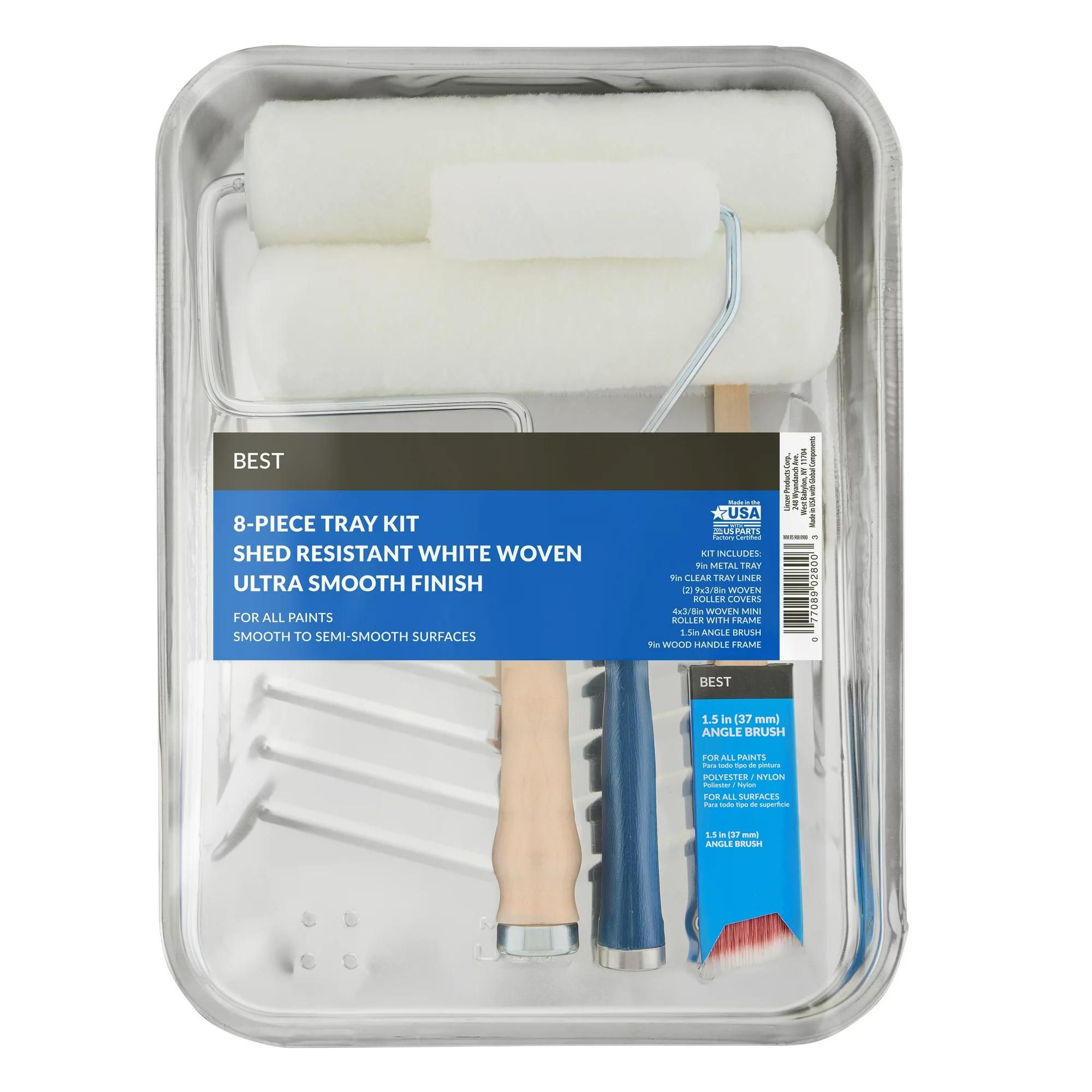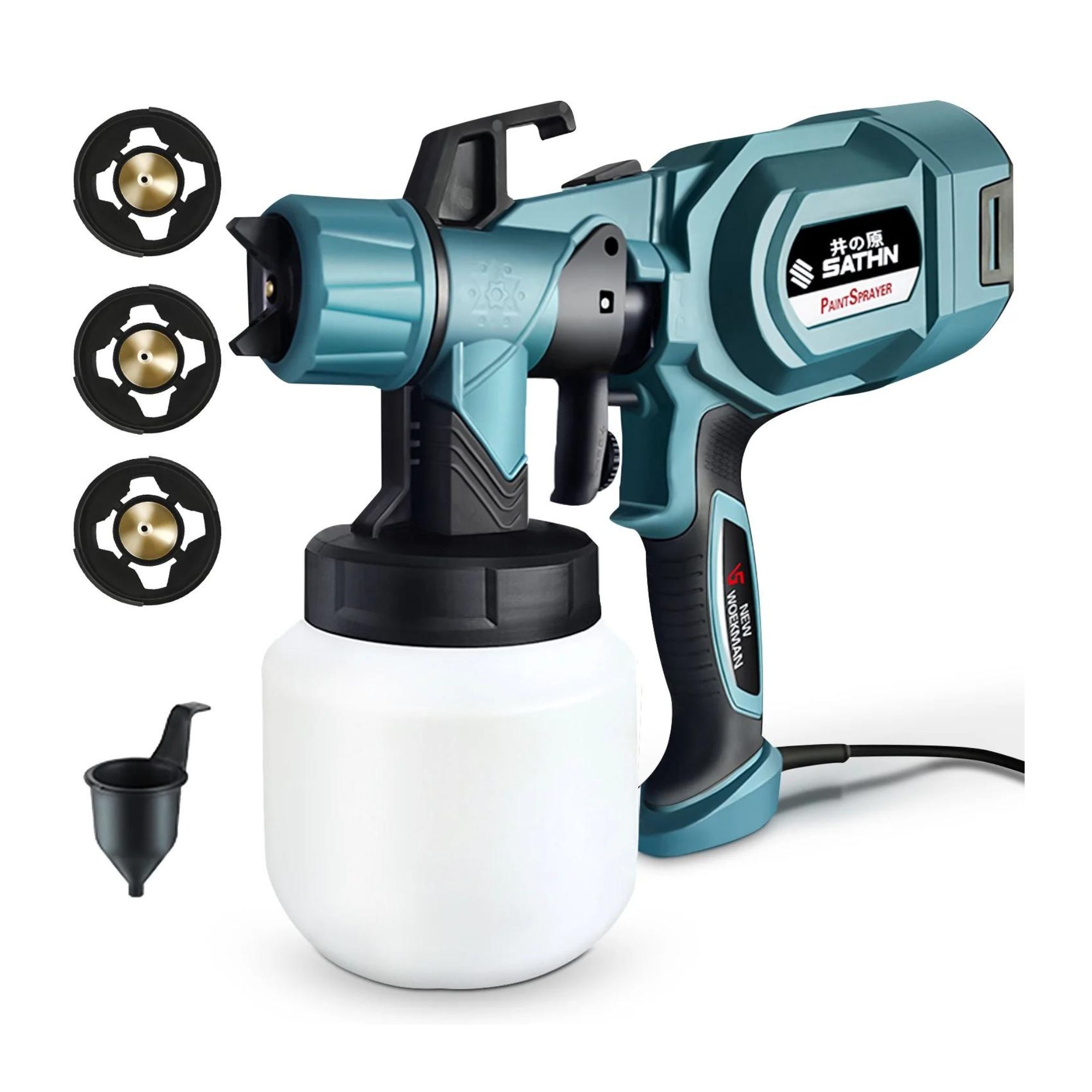Painting your home? These are the 10 must-have tools to make the job easier
These are the 10 essential tools for painting a house


They say it’s a poor worker who blames their tools, but if you are ill-equipped for the job you’re tackling, you won’t get the results you want.
When it comes to painting your home, arming yourself with a too-large brush that sheds bristles with every stroke or a threadbare roller that can’t reach into the corners won’t give you all-over coverage or a patch-free finish.
We've got some expert tips on the must-haves for your painting kit that’ll help you give your surfaces a professional look and ensure every corner is evenly coated. Some items are even found under the cleaning aisle rather than the DIY aisle at your local big box store.
10 must-haves for your painting kit
Before you crack open that can of colorful latex or gloss and prepare to paint, gather everything you need to make sure you end up decorating the walls and ceiling, not you or the carpet.
1. Drop cloths
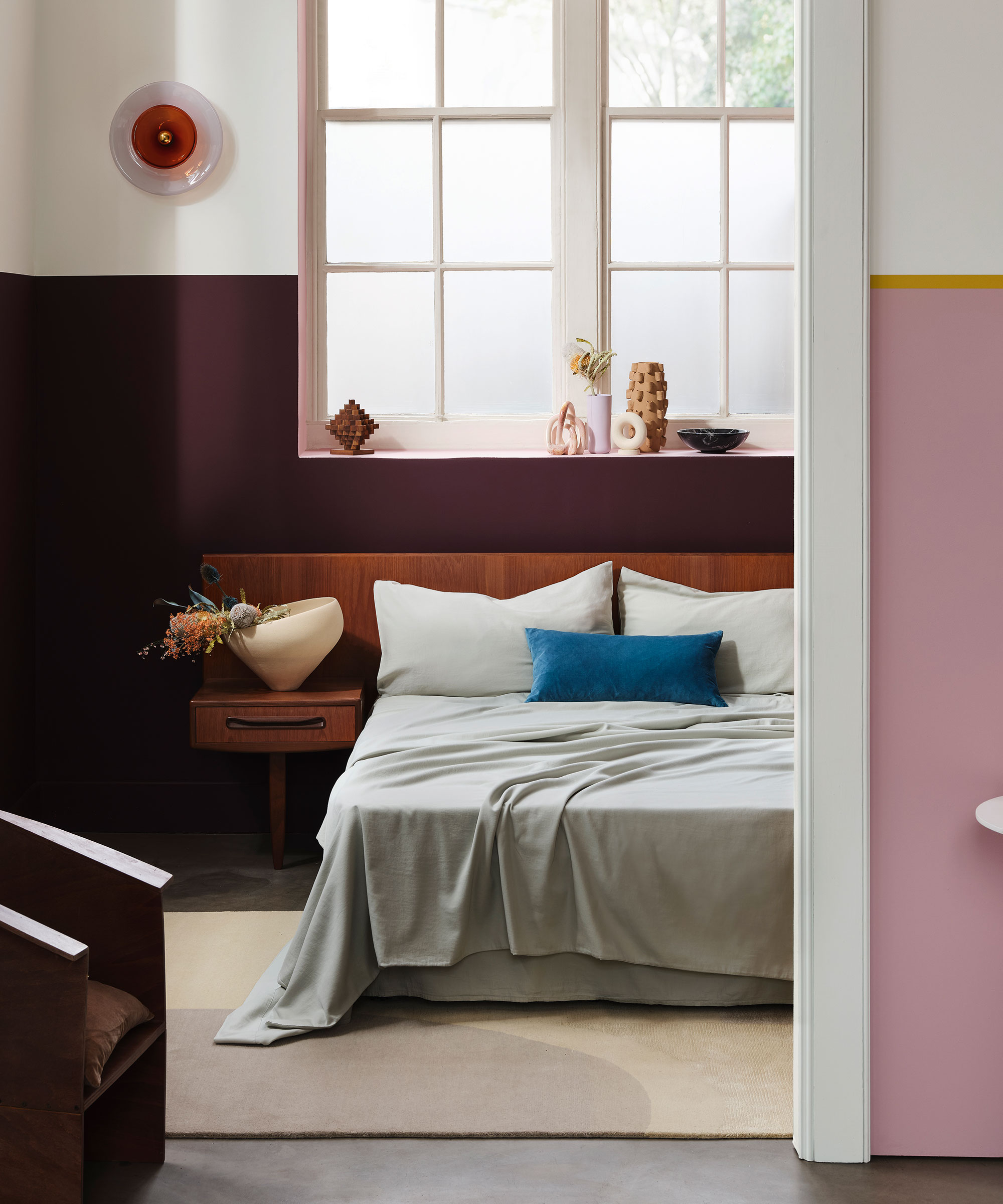
Unless you have a reckless disregard for your carpets and flooring, a drop cloth is essential for protecting anything that you’re not planning on replacing when you’ve finished.
You can also use them to cover up furniture that’s too big to move out of the room. Alternatively, try carpet protection film. It’s lightly adhesive, so it won’t move, lays flat, and is resistant to spills.
Our recommendation: Zuperia Canvas Drop Cloths from Walmart. Fabric drop cloths mean you don't have to buy cheap plastic alternatives. They also come in a handy pack of 2 (each cloth measures 9 x 12 feet).
2. Paint brushes
This is an obvious one, but there isn’t just one brush to rule them all; you are going to need a mix of sizes and different edges, including angled and rounded, to deal with everything from large expanses of wall to more detailed paneling, crown moulding or door trims.
‘Grab some good quality ones for smooth painting,’ says Joshua Riutta, owner of Mikku and Sons Roofing. ‘Synthetic brushes work well with water-based paints, while natural bristle ones are your go-to for oil-based paints.'
Design expertise in your inbox – from inspiring decorating ideas and beautiful celebrity homes to practical gardening advice and shopping round-ups.
3. Roller tray and paint pail
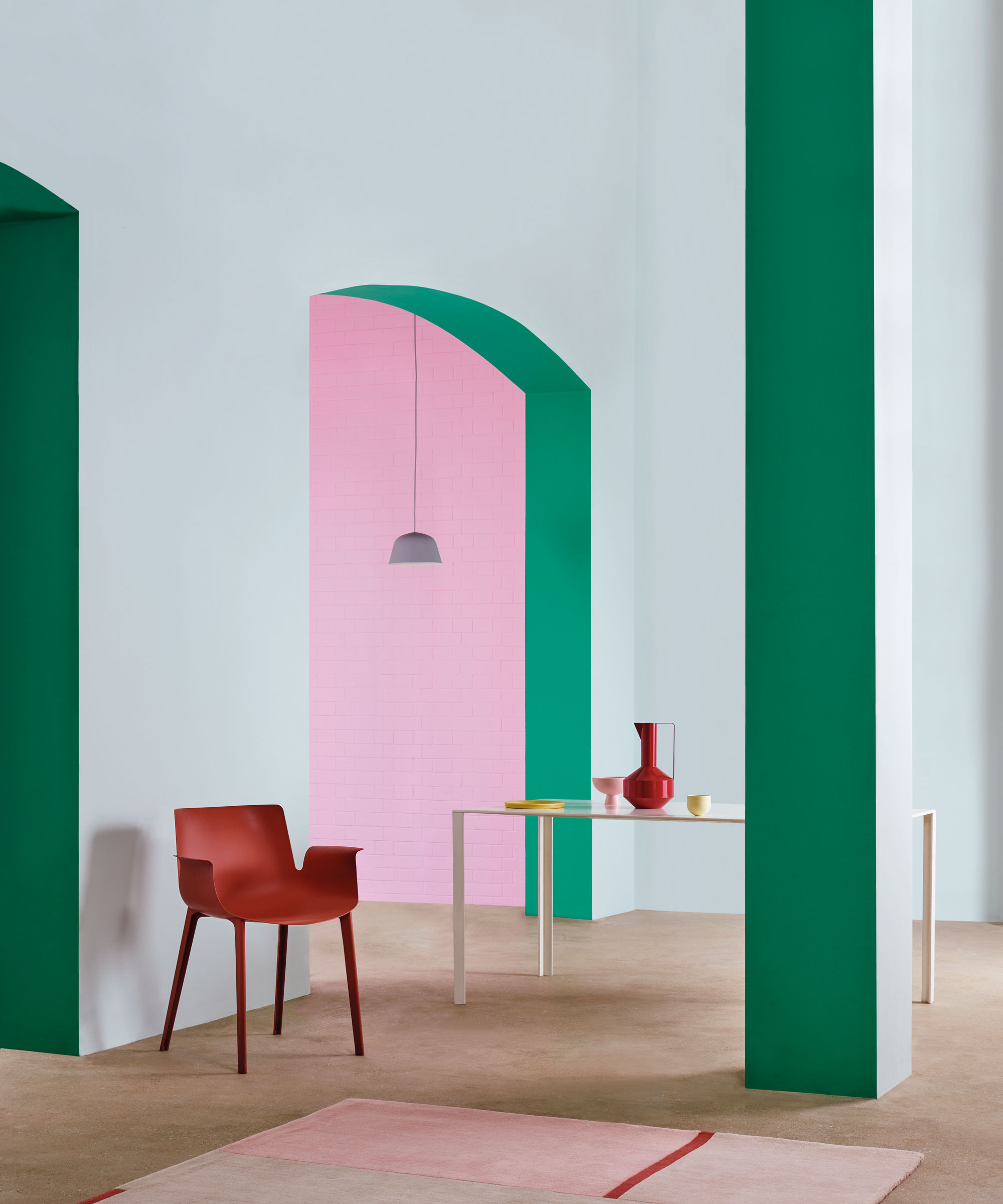
A tray will allow you to get an even spread of paint across your roller. Fill the reservoir about a third full and run the roller across the grooves to make sure it’s not overloaded and lead to drips down the wall. A disposable tray liner will make clean up easier and allow you to switch color quickly.
If you are using a brush, decanting some of your paint into a pail will make it easier to carry around than a five gallon can, particularly if you are climbing up and down ladders for cutting in.
4. Rollers and roller covers
‘Rollers are essential for covering large surfaces quickly and efficiently.’ says Tommy Mello, Founder of A1 Garage Door Service. ‘When choosing rollers, consider the nap length based on the texture of the surface you're painting.
'Shorter nap lengths are suitable for smooth surfaces like walls, while longer naps work better on textured surfaces such as ceilings. Make sure to have a selection of roller covers to accommodate different paint types and finishes.’
For painting doors, furniture or baseboards, a mini roller and tray are perfect for tackling these narrower surfaces.
5. Painter’s tape
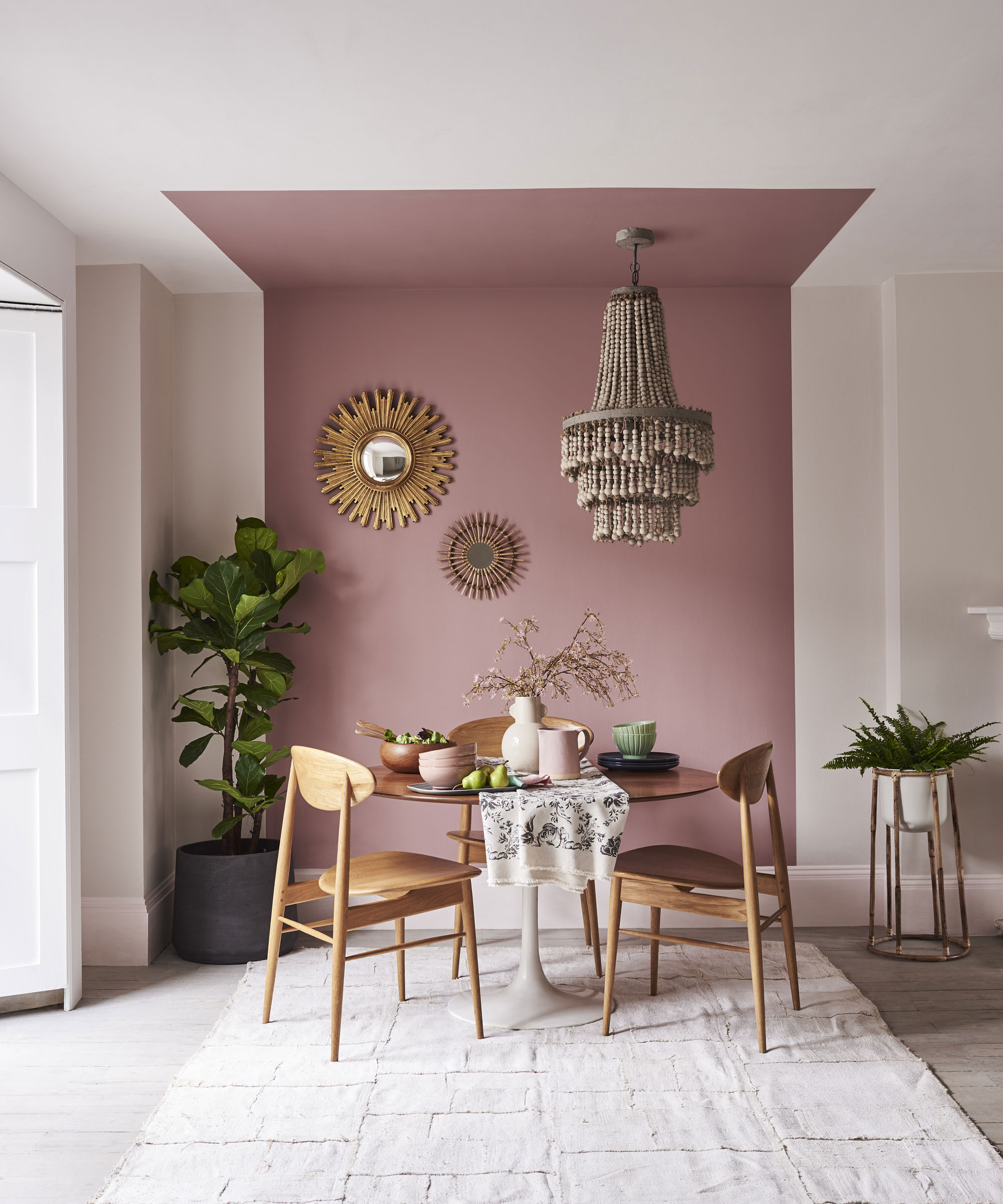
This is useful not only for sticking down the edges of your drop cloth or carpet cover and protecting the join between your flooring and baseboards, it’s also the secret weapon for creating sharp lines and striking paint effects.
It can be left on for a long time and leaves no residue when it’s removed. Ordinary masking tape can leave adhesive marks behind and the paints can degrade it, leading to seepage and drips that ruin your clean lines.
6. Paint mixer
‘Ensure your paint is thoroughly mixed and free of clumps by using a paint mixer attachment on a drill,’ advises Tommy. ‘Mixing your paint well before application ensures consistent color and texture throughout your project, resulting in a professional-looking finish.’
7. Extension poles
Everyday is leg day when you are using a step ladder to reach high places. Avoid the constant walking up and down and repositioning of the ladder with a sturdy extension pole long enough to reach the tops of walls, ceilings, stairwells and the second floor if you're painting the exterior.
The poles can be made of wood, metal, or fiberglass, though wooden poles aren’t as easily adjustable, requiring separate pieces to be screwed together to make them longer. Twist lock and push button poles can telescope out to the height you require.
8. A Squeegee
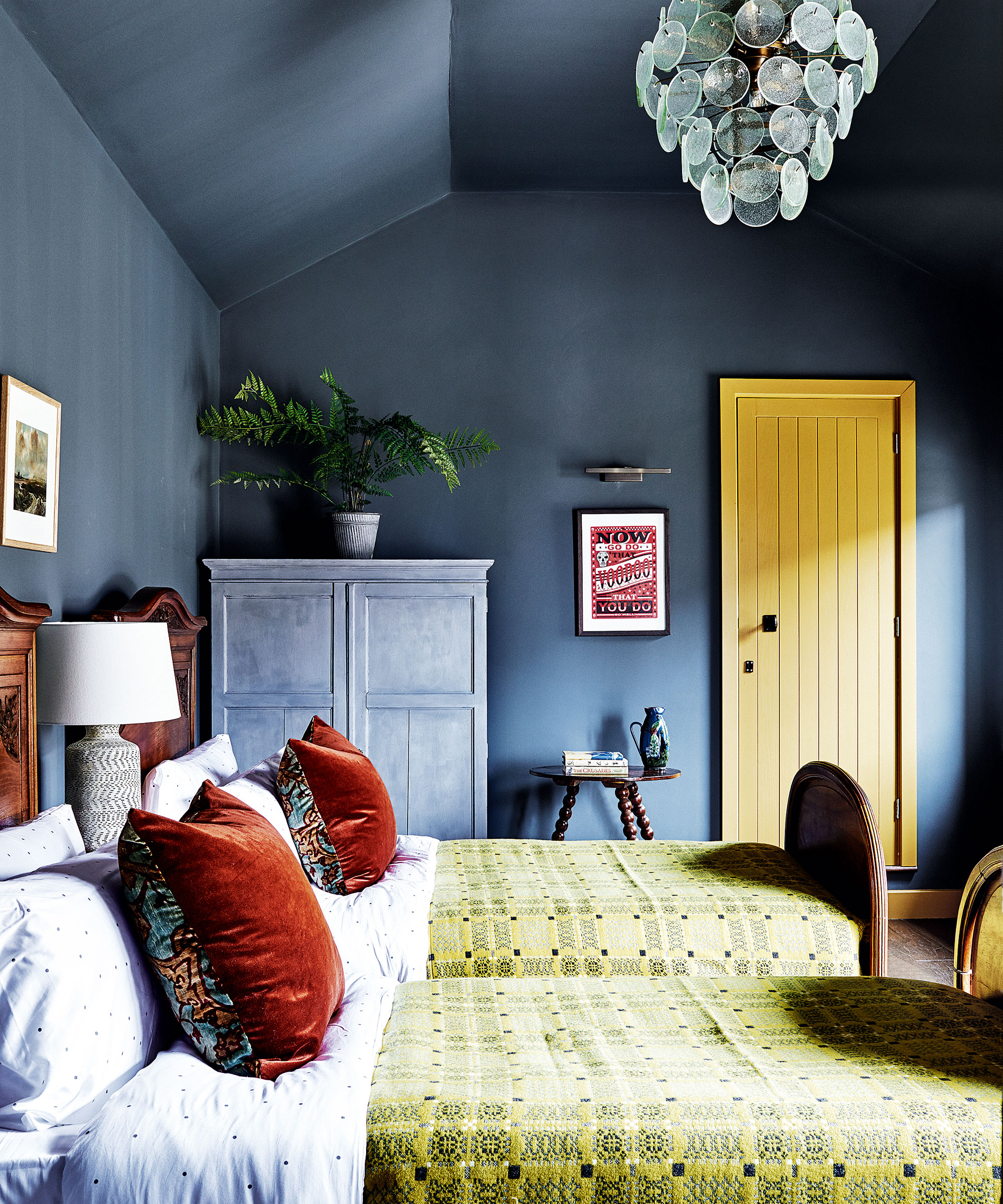
‘An unexpected but extremely useful tool for painting is a window squeegee,’ says Pete Trentacoste, Head of Interior Design at Gosummer.com. ‘When used carefully, a squeegee can swiftly smooth out freshly applied paint on large flat areas, eliminating brush strokes and roller marks, which is particularly handy for achieving a professional finish on metal or glossy surfaces.'
Our recommendation: This Wiper Blade Squeegee from Target has 400+ five-star rated customer reviews.
9. Paint sprayer
If you want a room coated in minutes, this is the tool for you. Powered by electricity, gas or battery instead of elbow grease, it spreads a fine mist of paint across your chosen surface.
Once an investment item for the professional decorator, they now cost from as little as $50 for a cup sprayer that holds a quart of paint – putting them in reach of the weekend DIYer.
Paint sprayers can be used for all kinds of paint, but using a sprayer vs a roller will require more prep as you’ll need to protect or remove anything in range of the sprayer that you don’t want decorated.
10. Putty knife
‘A putty knife is a must-have for patching holes and imperfections in surfaces ahead of painting,’ says Jordan Woolf, the owner of Huntsville Roofing Solutions. It’s also handy for scraping off or cleaning up excess paint.
Have you got all the painting gear but no idea what color to pick to paint your house in? Let us guide you to the most on-trend shades that will transform the exterior of your home – as recommended by the experts

Alison is a contributing gardens writer for Homes & Gardens, writing on a range of topics from plant care to garden design. She has recently landscaped the outside space of her Victorian home, replacing crazy paving and cracked slabs with new lawn, and is currently cultivating a fruit bed.
